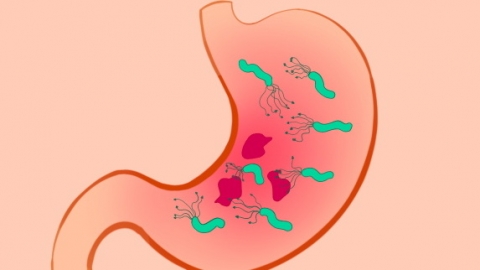How to test for Helicobacter pylori
Helicobacter pylori, also known as H. pylori, can be detected through various tests including breath tests, rapid urease tests, gastroscopy biopsy, serological testing, and H. pylori culture. If any abnormalities are found, timely medical consultation is recommended. Detailed explanations are as follows:

1. Breath Test: This includes the carbon-13 urea breath test and the carbon-14 urea breath test. The subject must fast and then ingest urea reagents labeled with carbon-13 or carbon-14. Exhaled breath is collected within a specified time to analyze its carbon dioxide content, determining whether there is an H. pylori infection. This method is non-invasive and highly accurate. Among them, the carbon-13 urea breath test is non-radioactive and suitable for children and pregnant women.
2. Rapid Urease Test: A small tissue sample is taken by the physician from the patient's duodenum or stomach. Special methods are then used to detect the presence of urease produced by H. pylori in the sample to diagnose infection. This method is simple and rapid, commonly used as a preliminary diagnostic method in clinical practice.
3. Gastroscopy Biopsy: During electronic gastroscopy, biopsy samples are taken from suspicious areas. These samples are then sent to the laboratory for pathological examination to confirm the presence of H. pylori infection. This method allows direct observation of the gastric mucosa while obtaining tissue samples for accurate diagnosis.
4. Serological Testing: Blood is drawn and tested for the presence of specific IgG and IgM antibodies against H. pylori in the blood to assist in diagnosing infection. This method is simple to perform but can only reflect past or current infection status, without confirming whether there is an active infection.
5. H. pylori Culture: Gastric fluid or gastric mucosal tissue samples are collected and cultured to observe whether H. pylori grows, which can serve as a basis for diagnosis. This method is highly accurate, although the culture process may take several days.
All the above diagnostic methods should be performed under the guidance of a qualified physician to ensure the accuracy of the test results. Prior to testing, patients should follow the physician's instructions, such as fasting and avoiding medications that may interfere with the test results.






